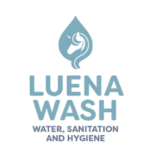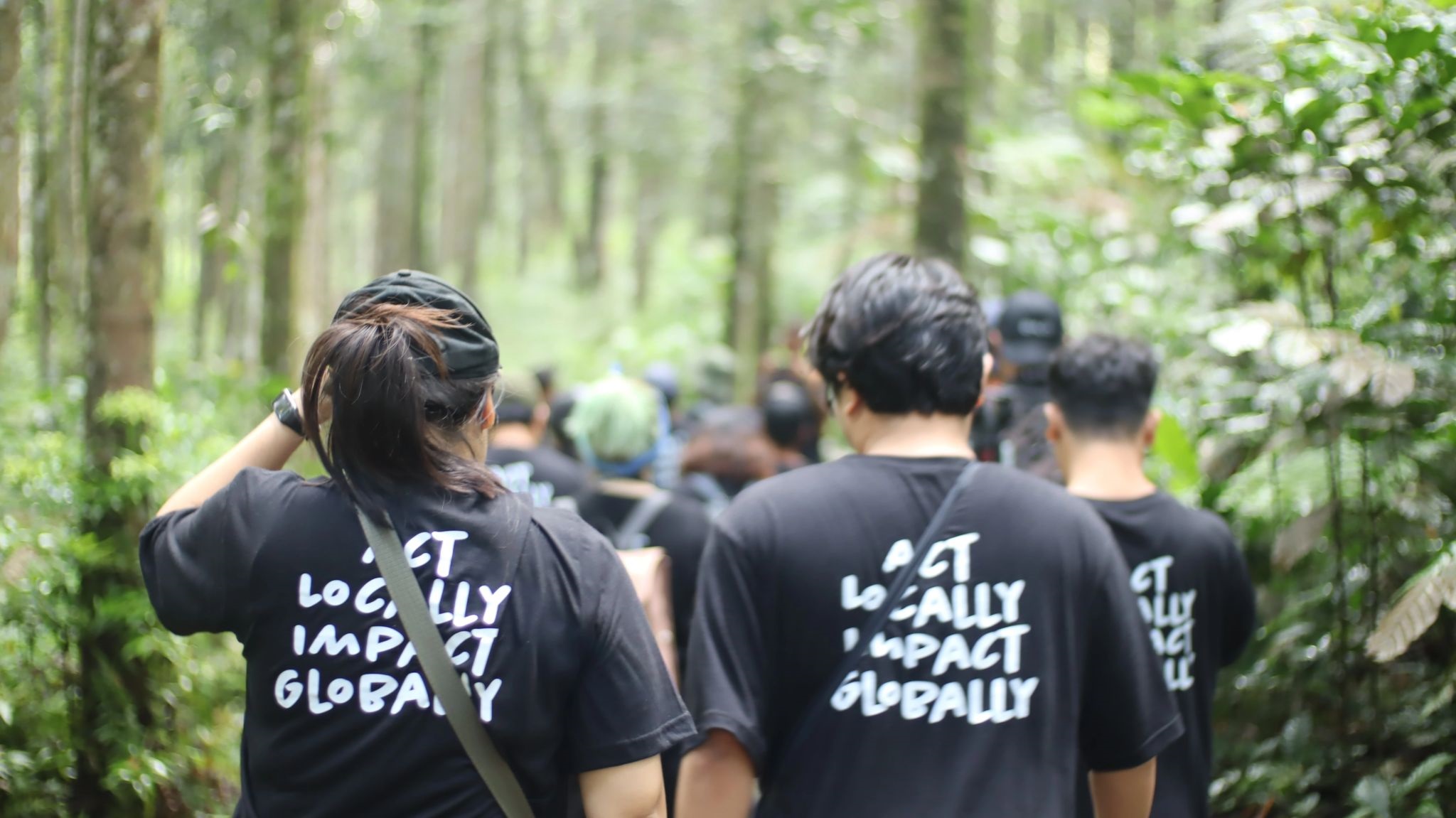Consolidated and compiled By Happy Tarumadevyanto | Independent Consultant | Environmental Asia | happy.devyanto@environmental.asia
Identifying and Engaging Stakeholders
This is the foundational step. Remediation projects impact a wide range of parties, and successful negotiation requires identifying and involving them early on. Key stakeholders often include:
- Responsible Parties (RPs): The individuals, companies, or organizations legally responsible for the contamination. They usually bear the primary financial burden and are at the center of the negotiation.
- Regulatory Agencies: Government bodies (local, national, sometimes international) that set environmental standards, issue permits, oversee cleanup, and enforce regulations. Their policies dictate the remediation goals and methods.
- Landowners: The current or past owners of the contaminated site. They have interests in property value, future land use, and potential health risks.
- Affected Communities/Neighbors: Residents living near the site who may be concerned about health impacts, property values, quality of life, and environmental justice.
- Environmental Groups: Non-governmental organizations advocating for environmental protection and sustainable practices.
- Consultants & Experts: Environmental engineers, scientists, legal counsel, and other specialists hired by various parties to assess, plan, and execute the remediation.
- Insurance Companies: If the responsible party has environmental liability insurance, their insurers will be deeply involved in funding and negotiating the scope of work.
- Other Businesses: Any other entities with business interests in the affected area that might be impacted by the remediation.











